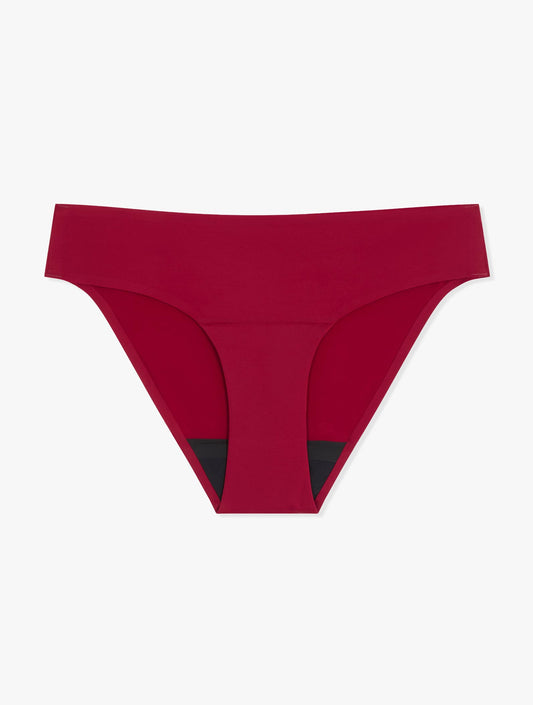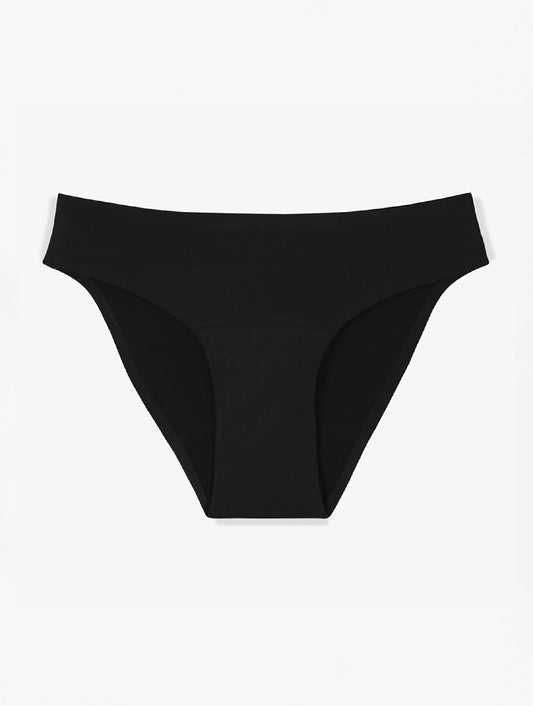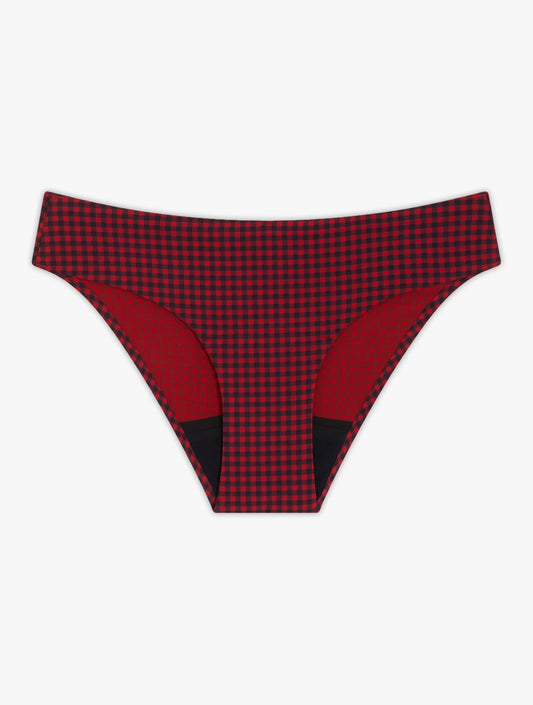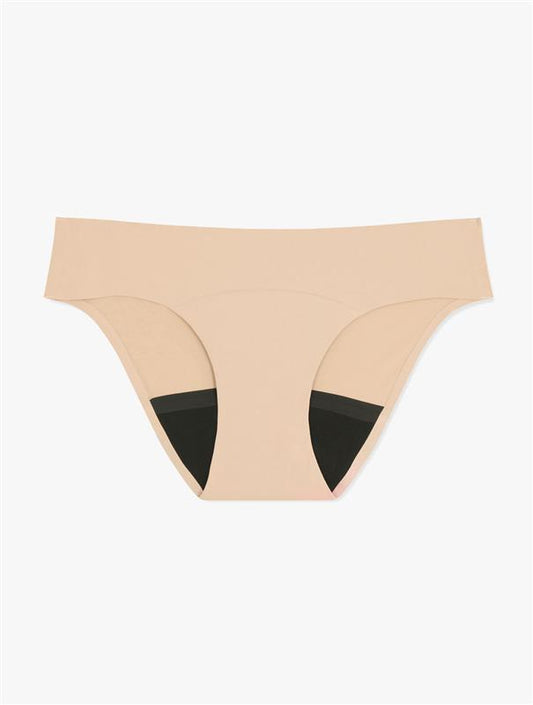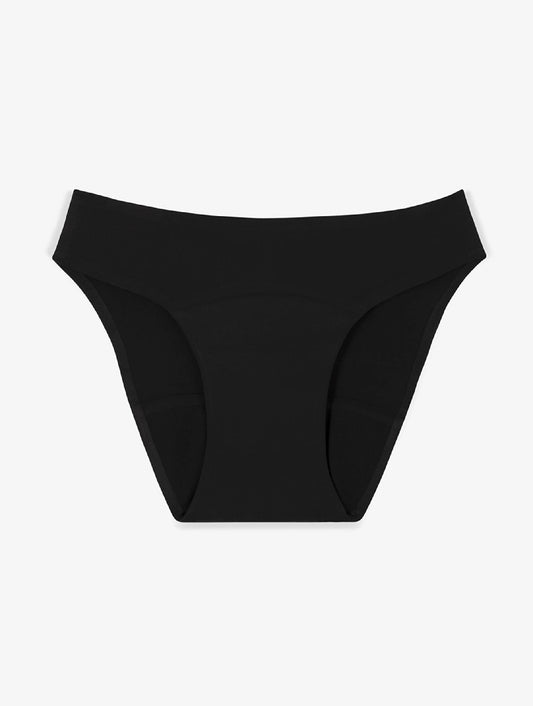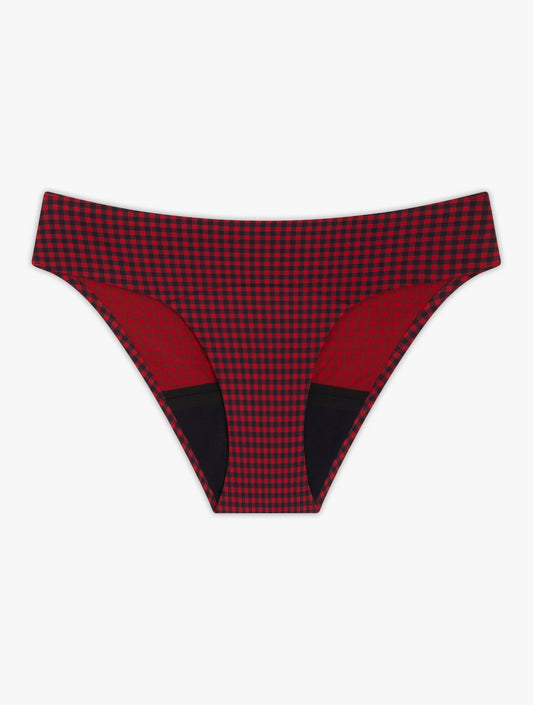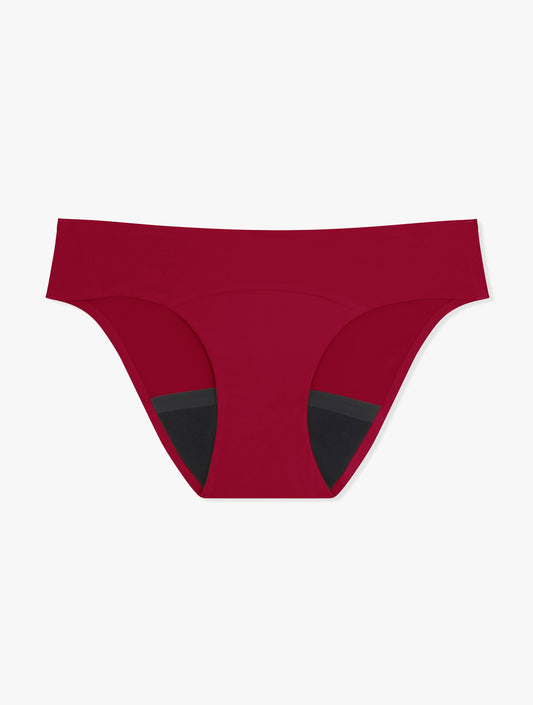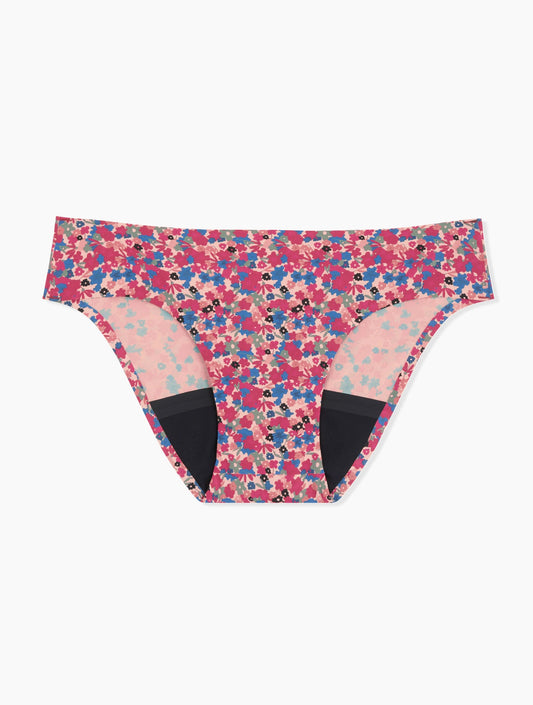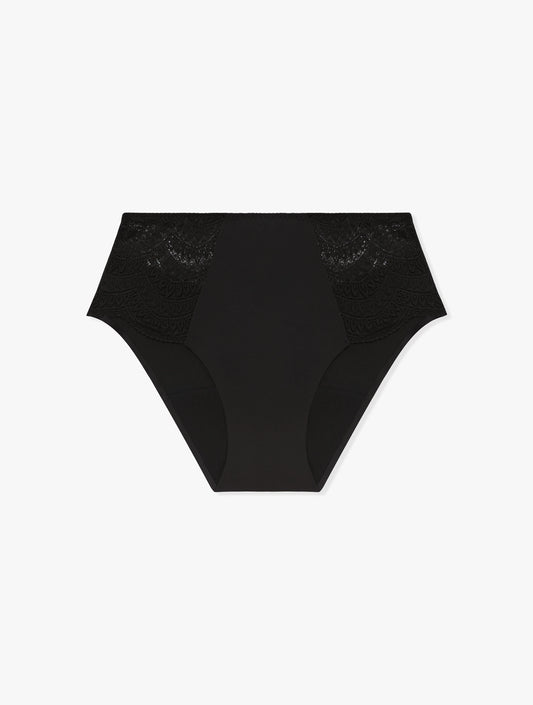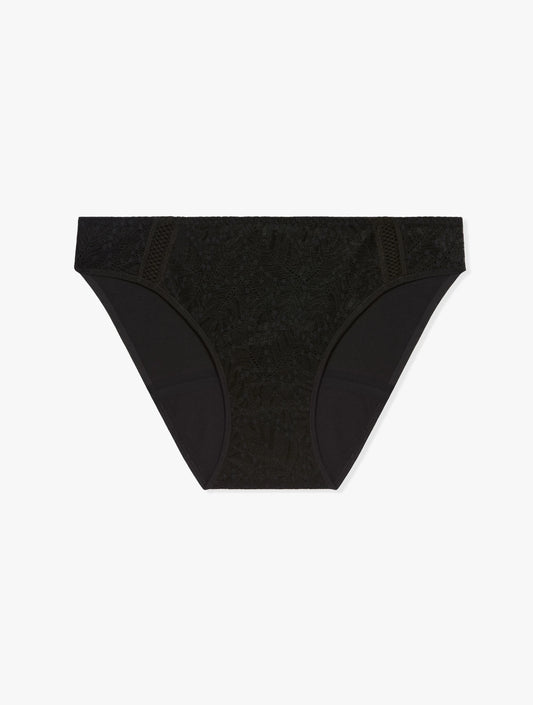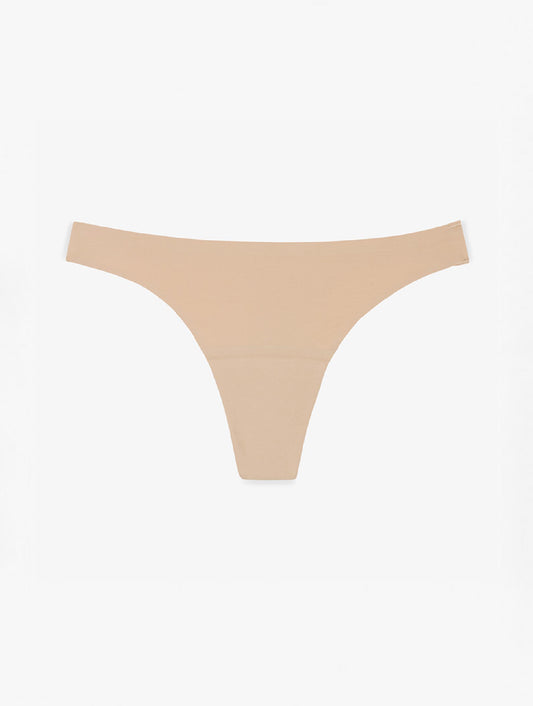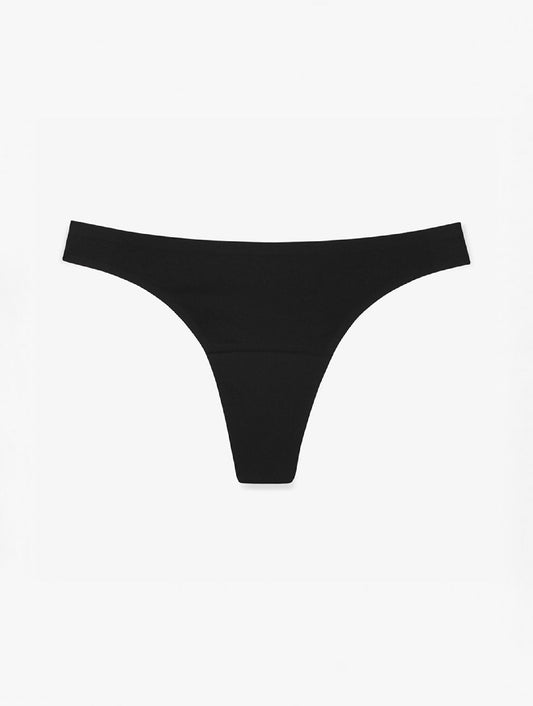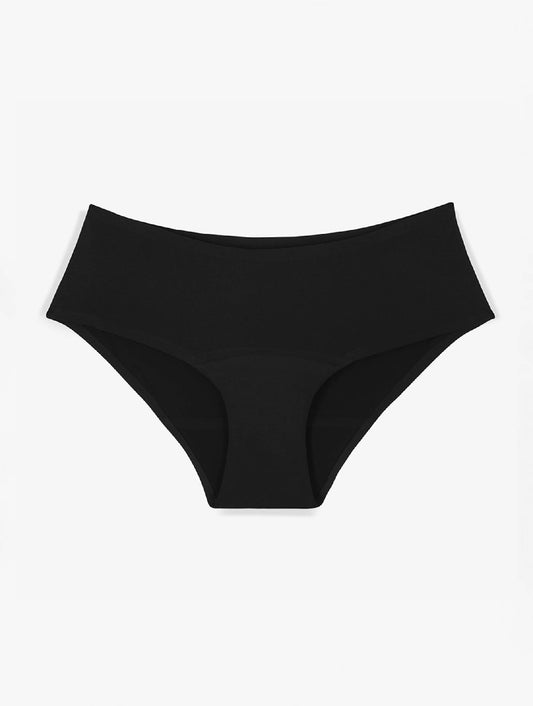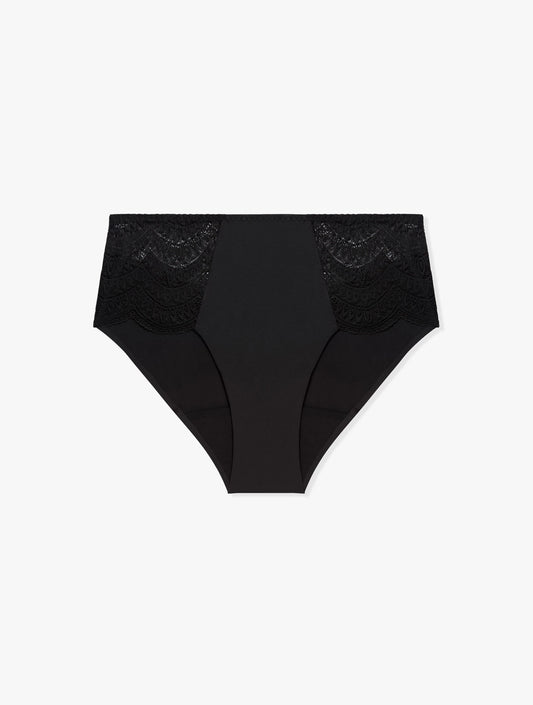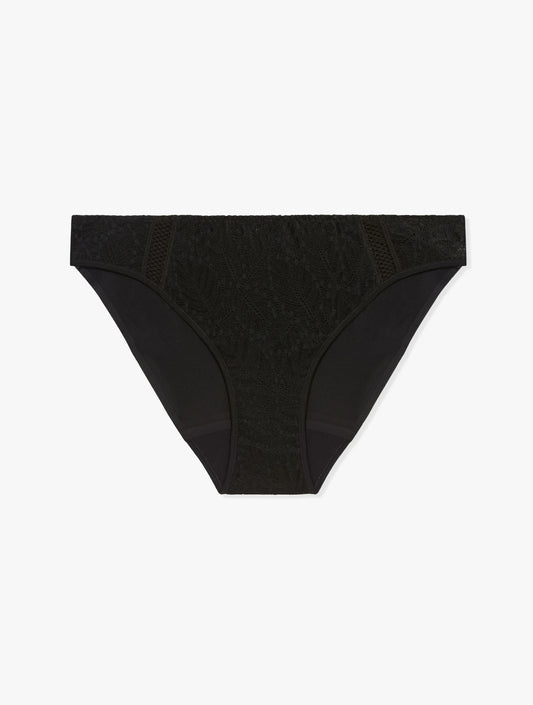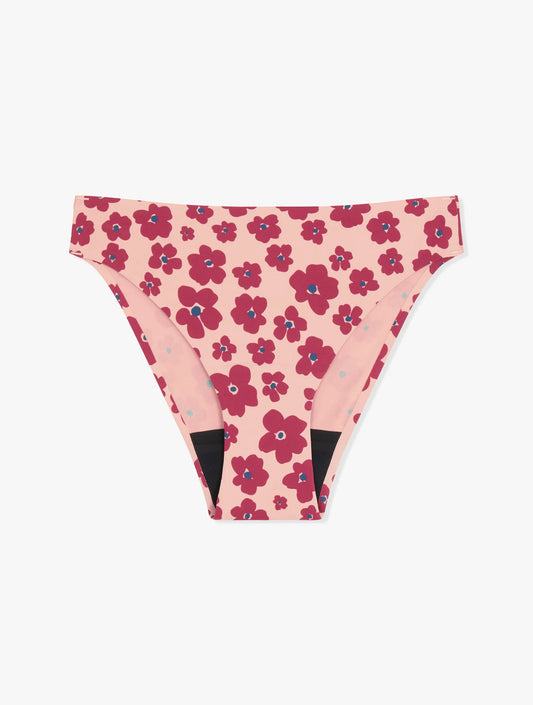White discharge: everything you need to know
Are your white discharge making you see all the colors? Transparent, white, yellowish, pink or brownish? Liquid, viscous, stringy, pasty or creamy: should the consistency of your white discharge alert you? We are interested in white losses and the signal they send us.
White discharge: the questions you ask yourself
White or leukorrhea discharge is characterized by:
- a more or less viscous texture depending on the phase of the menstrual cycle ;
- a transparent or cream color;
- a neutral odor.
Sometimes the white discharge looks or smells strange. Before calling SOS Médecin, we provide some answers to the questions we all ask ourselves, when our white discharge seems, rightly or wrongly, unusual.
White discharge: where does it come from?
White discharge, or leukorrhea, is secretion produced by the vagina and uterus. They appear from puberty and accompany each menstrual cycle throughout a woman's life until menopause.
Composed of cervical mucus (produced by the cervix) and vaginal secretions, white discharge ensures:
- the good balance of the vaginal flora by allowing the mucous membranes to evacuate dead cells;
- a protective role against infections;
- a natural lubricant function.
White discharge is the result of a completely natural process, indicative of our good genital health. So you should neither worry nor be ashamed of it.
Abundant white discharge: what does that mean?
When it flows into the vagina and vulva, cervical mucus causes white discharge. Depending on the phases of the menstrual cycle, these secretions can vary in quantity.
At the start of the cycle (follicular phase), cervical mucus is scant. It closes the cervix and protects it from bacteria. It prevents the passage of sperm.
During the period of ovulation, cervical mucus changes under the effect of ovarian hormones (estrogen and progesterone). Its quantity increases. Its pH, which has become alkaline, compensates for the acidity of the vagina, which makes sperm survival possible and facilitates fertilization.
During the luteal phase (end of the menstrual cycle), the mucus becomes rarer and forms a plug that closes the cervix.
White discharge during women's lives.
White discharge is present from puberty to menopause. They accompany your daily life throughout the menstrual cycle. As we have already mentioned, these vaginal secretions can increase in volume, change color or have a more or less viscous texture depending on whether the cycle begins or ends. By looking at the bottom of your panties, you will notice that your white discharge is thicker and more abundant, or even darker and sometimes even yellowish just before your period. They are completely absent during the period.
During pregnancy, white discharge can be much more abundant under the influence of hormones produced by the body and then by the placenta. They can be transparent, but also white or slightly yellowish in color. In the event of a change in color or suspicious odor, do not hesitate to consult a gynecologist or midwife. It could be a yeast infection or an infection.
As menopause approaches, ovulation no longer occurs. Sex hormones (progesterone and estrogen) are no longer secreted. The white discharge disappears, which can sometimes lead to:
- a risk of vaginal dryness;
- an imbalance in the pH of the vagina becoming more fragile in the face of bacteria and germs, therefore more susceptible to infections.
White discharge: when should you worry?
Now that white discharge no longer holds any secrets for you, you are able to spot when something is wrong. Firstly, when the white discharge is no longer as white as usual. An unusual color can be a warning sign. Without worrying too much, you can consider seeking medical advice in the event of:
- yellowish discharge associated with burning or itching which may suggest an infection;
- pink discharge corresponding to small amounts of blood loss during ovulation or caused by a poorly adapted contraceptive pill (hormonal imbalance) or by a slight drop in hormone levels, a few days before the period;
- gray or greenish discharge potentially warning of bacterial vaginosis or even gonococcal or chlamydia infections (sexually transmitted infection);
- abundant beige, yellowish or greenish and frothy discharge accompanied or not by burning in the vagina or vulva which may reveal trichomoniasis (sexually transmitted infection);
- brown or brown discharge possibly corresponding to small amounts of bleeding or discharge from the vagina, cervix or uterine lining (endometrium).
White discharge: why does it itch?
Your white discharge has a consistency of curdled milk (vaginal discharge in grains or lumps) without smelling bad. On the other hand, they are accompanied by itching, burning and tingling going so far as to cause pain during sexual intercourse. It's a safe bet that a little fungus called candida albicans wants to get noticed. You simply have a mycosis (candidiasis), because this fungus present naturally in the vagina has grown a little too much. Once again, there is no need to be ashamed: this mycosis cannot be explained by a lack of personal hygiene. On the contrary, it can be caused by excess hygiene (we think in particular of vaginal douches criticized by the medical profession). Other factors may be involved such as:
- taking antibiotics;
- wearing panties that are too tight
- wearing a wet swimsuit for a little too long.
Egg treatment is usually sufficient. If symptoms persist, you will need to consult your gynecologist.
Smelly white discharge: is it serious?
Beyond the color, the smell of white discharge can also be indicative of a malfunction. In particular, if your white discharge becomes foul-smelling to the point of smelling like rotten fish. Despite this unappealing picture, know that there is nothing serious here. It is probably vaginosis: an inflammation of the vaginal mucosa due to the proliferation of bad bacteria following an imbalance in the vaginal flora. This mild vaginal infection affects approximately one in five women. It can be associated with pain and burning in the vagina and vulva.
Good to know: vaginosis is not sexually transmitted. However, it can cause pain during intimate relations.
Vaginal discharge: what treatments?
While waiting to consult your doctor or gynecologist for suspected vaginosis, infection or vaginal mycosis, choose a pH-neutral soap for your wash and wear a washable organic panty liner or menstrual panties. reusable. As a general rule, ban douching once and for all (unbalancing the microbiota and altering the vagina's immune barrier in favor of bad bacteria that cause various disorders such as bacterial vaginosis or sexually transmitted infections). To make a diagnosis, your doctor will request a sample of vaginal secretions outside of your period, in order to identify the responsible germs. On the day of the sample, it is better not to wash with soap so as not to distort the test result. Treatment with antibiotics is generally sufficient to overcome bacterial infections. To get rid of a yeast infection (candidiasis), the doctor will prescribe antifungal treatment in the form of oral tablets or ovules, cream or gel.
White discharge: hygienic protection to stay comfortable every day?
Even abundant white discharge is not worrying as it is odorless and has a clear or transparent color. On the other hand, they can be uncomfortable if they wet the underwear. In this case, external hygienic protection can come to the rescue (you should definitely not wear internal protection outside of your period). Some of us use panty liners. But worn every day, they can cause irritation and allergies, because they contain large quantities of chemicals and endocrine disruptors. To maintain a fresh and clean feeling throughout the day, you can choose to wear an organic, washable and reusable panty liner.
Better yet, you can opt for pretty period panties that will help you feel sexy in all circumstances! Super comfortable, ecological and economical, our menstrual panties are also resolutely aesthetic and put us to our advantage. Offered in fine, seamless designs, they adopt sober or colorful but always feminine shades. The ultra-innovative materials used for their design are breathable and antibacterial. The result ? Odorless, hygienic period panties that minimize the risk of allergies.
By Valérie



